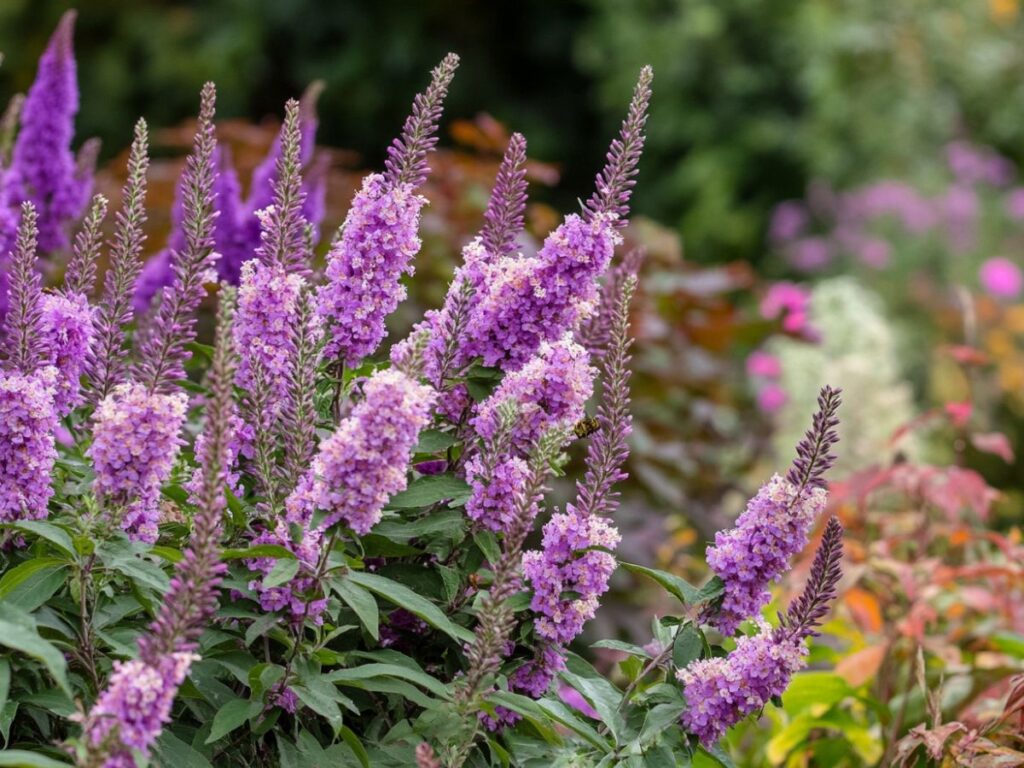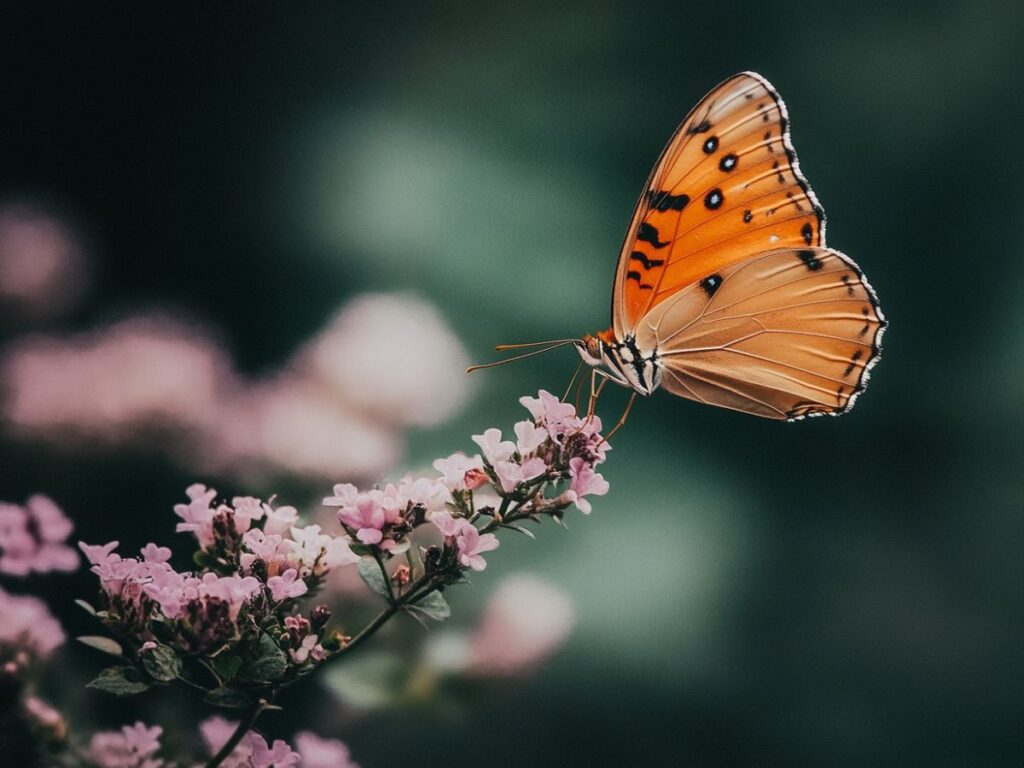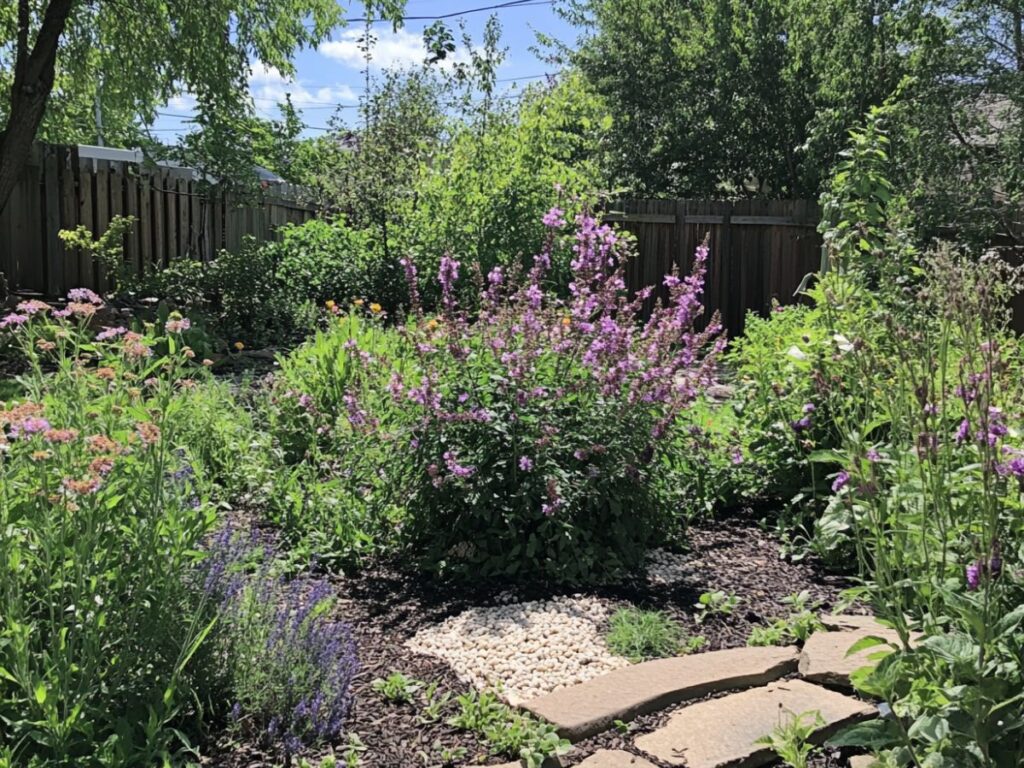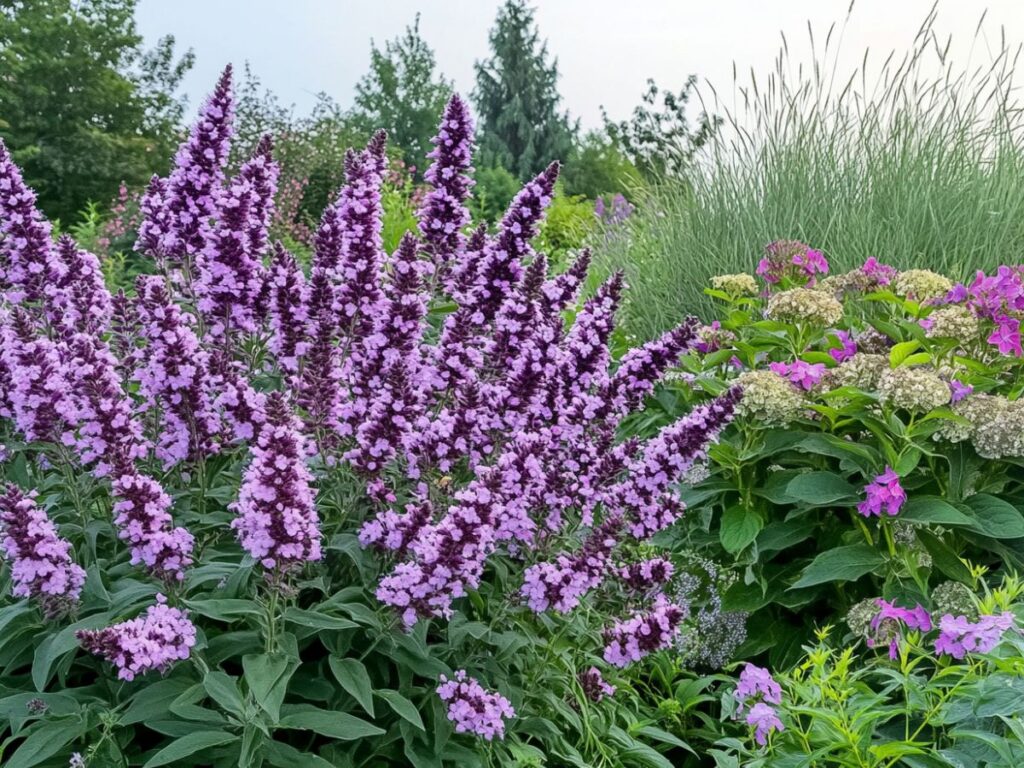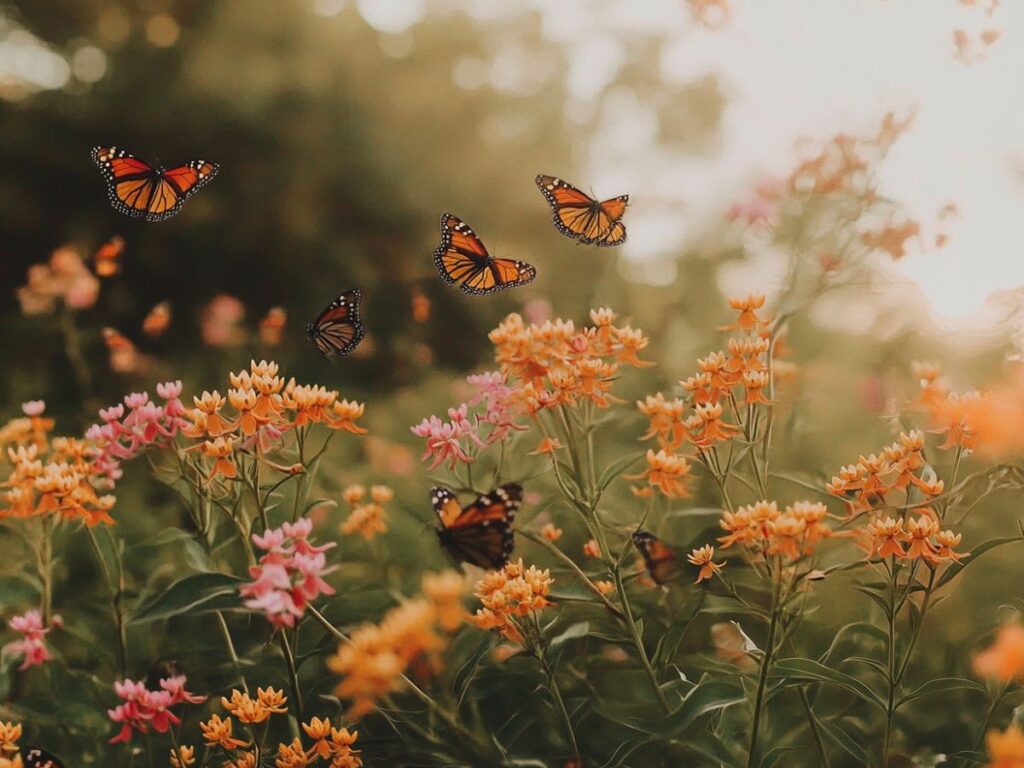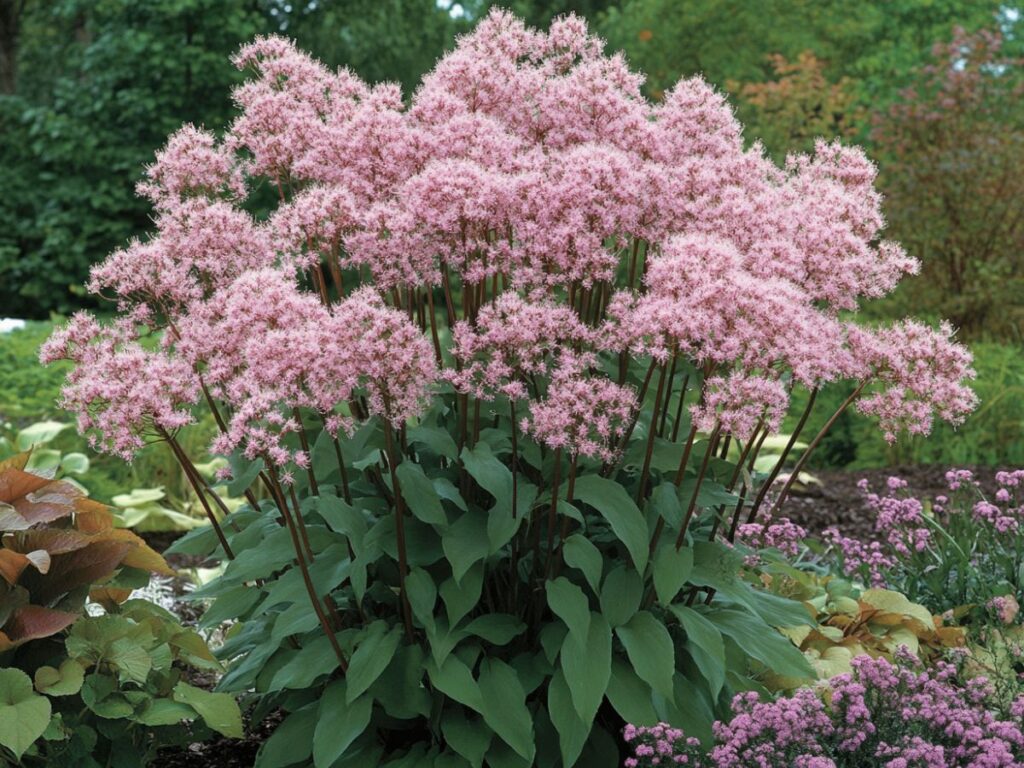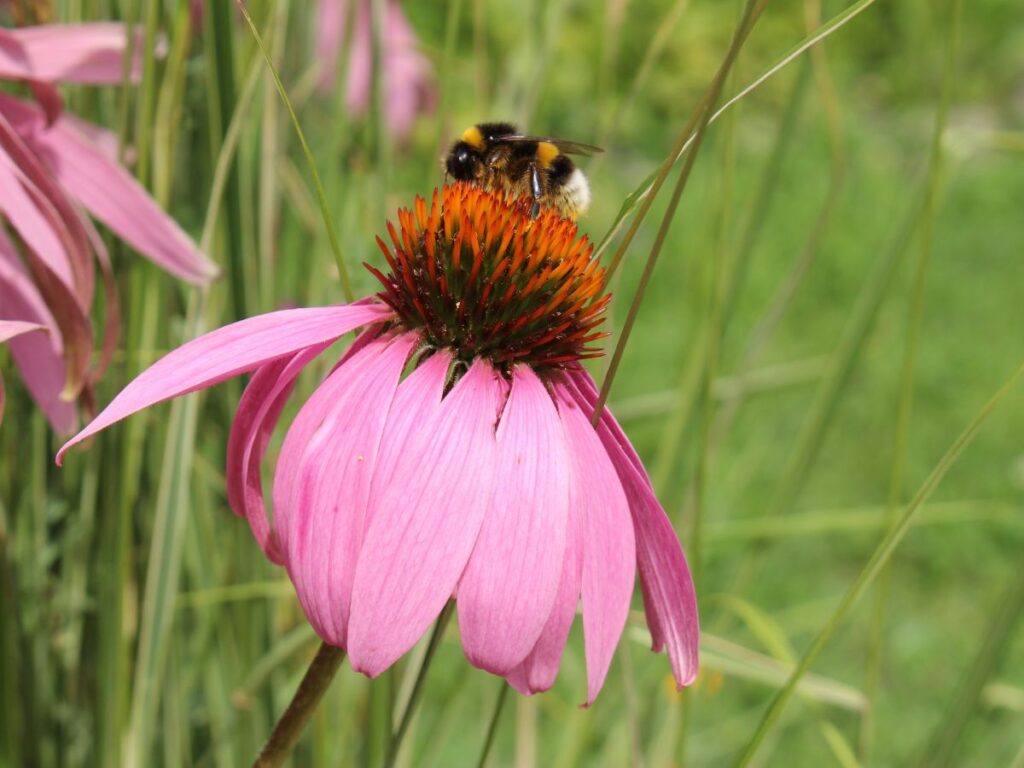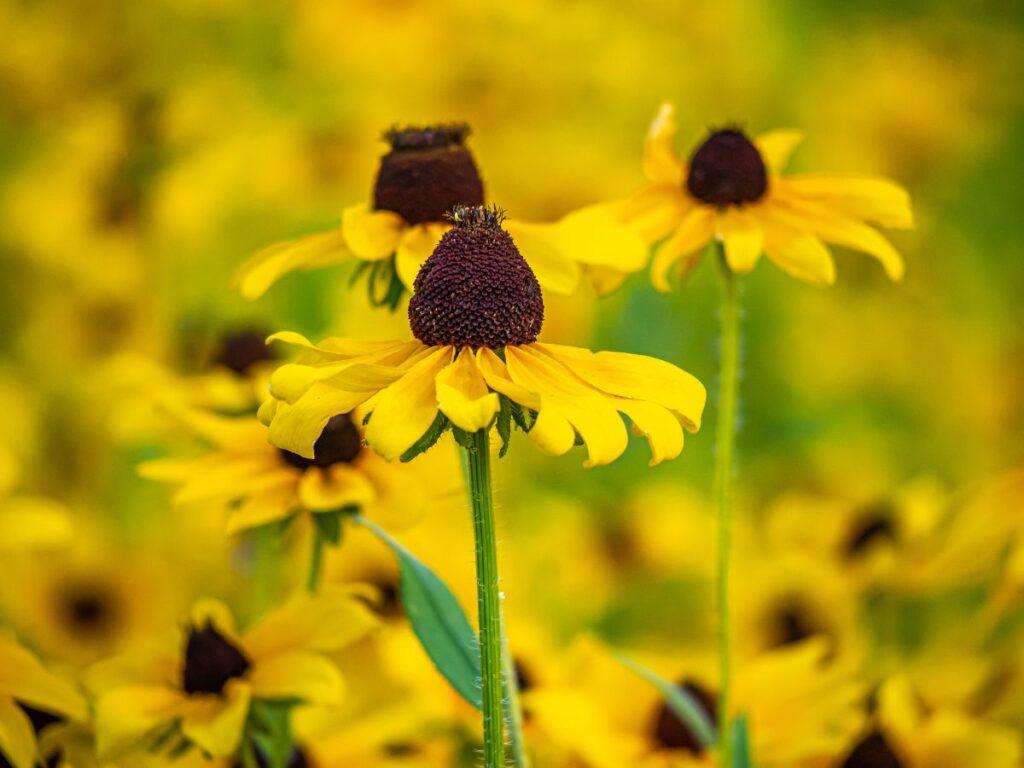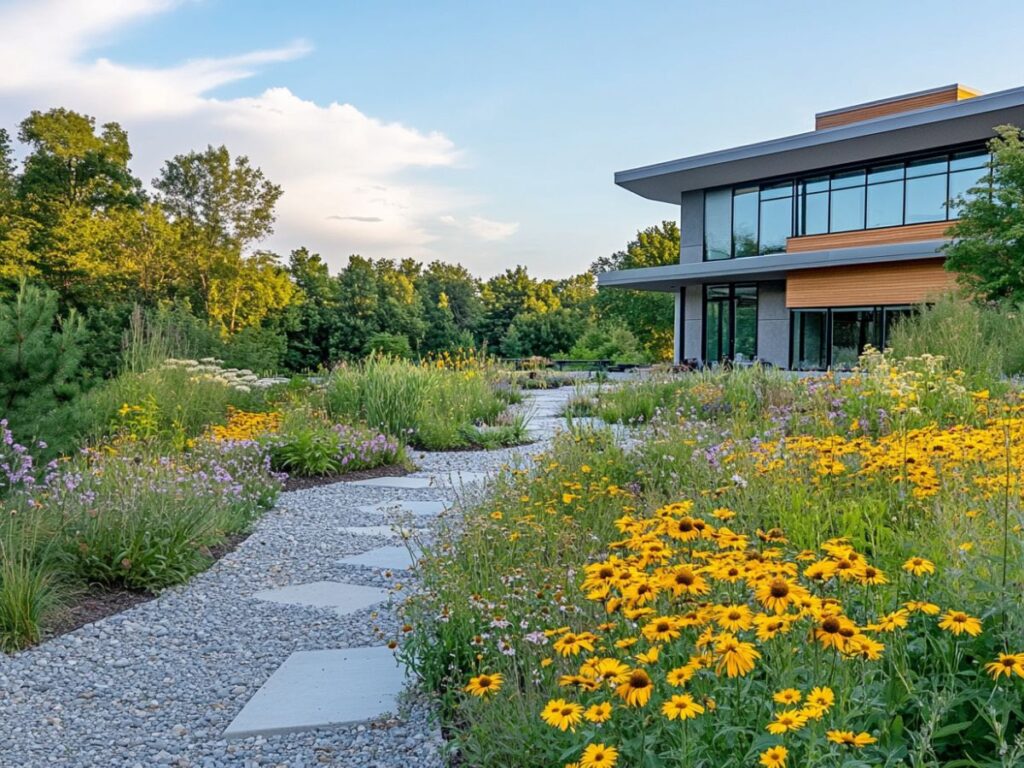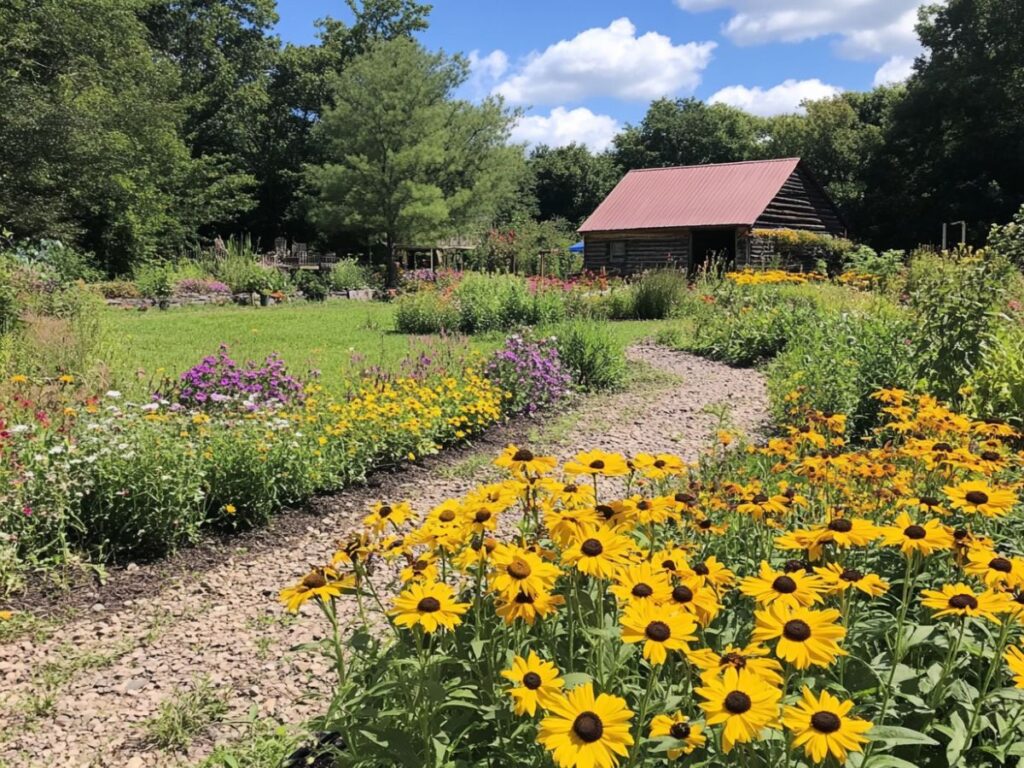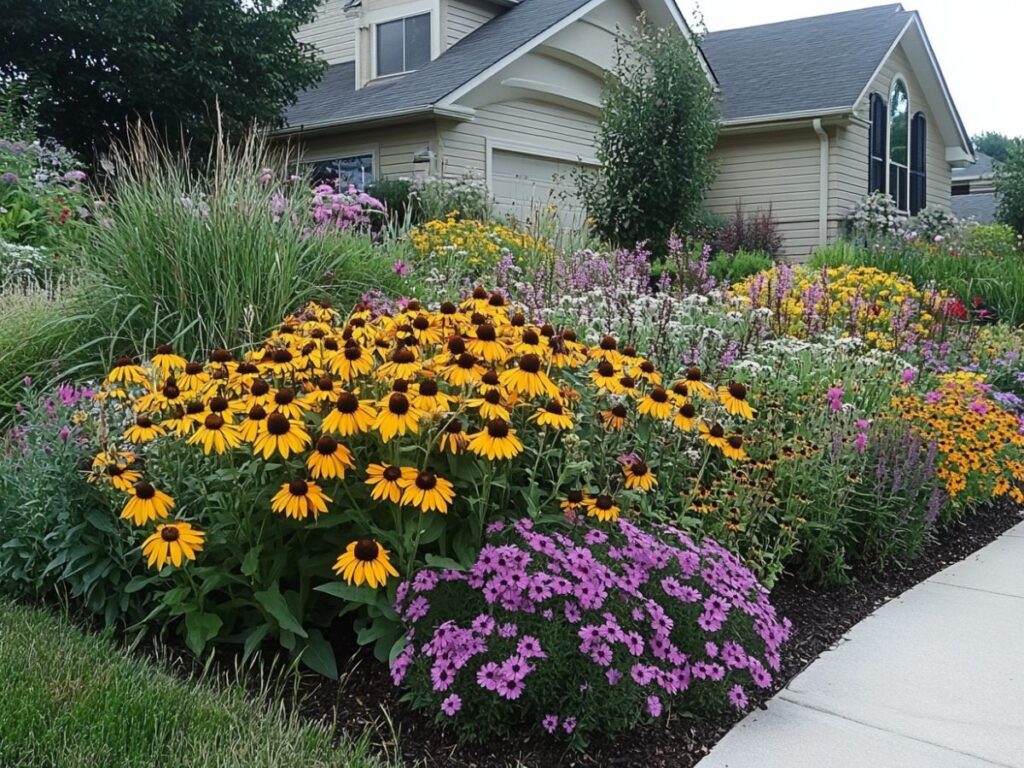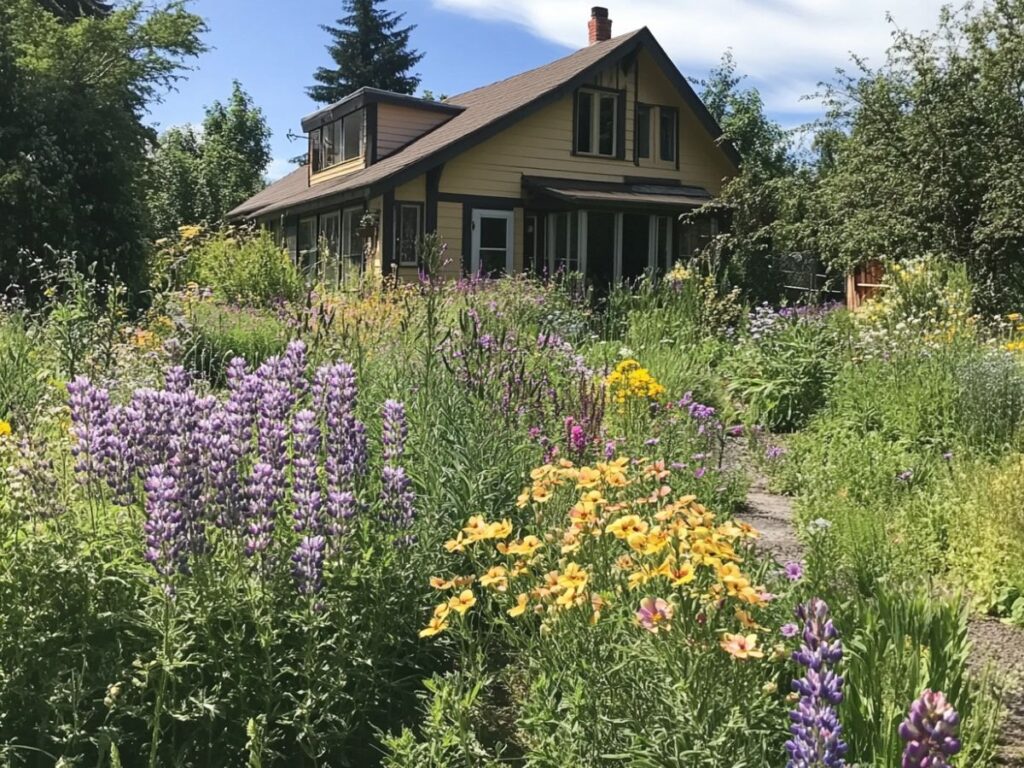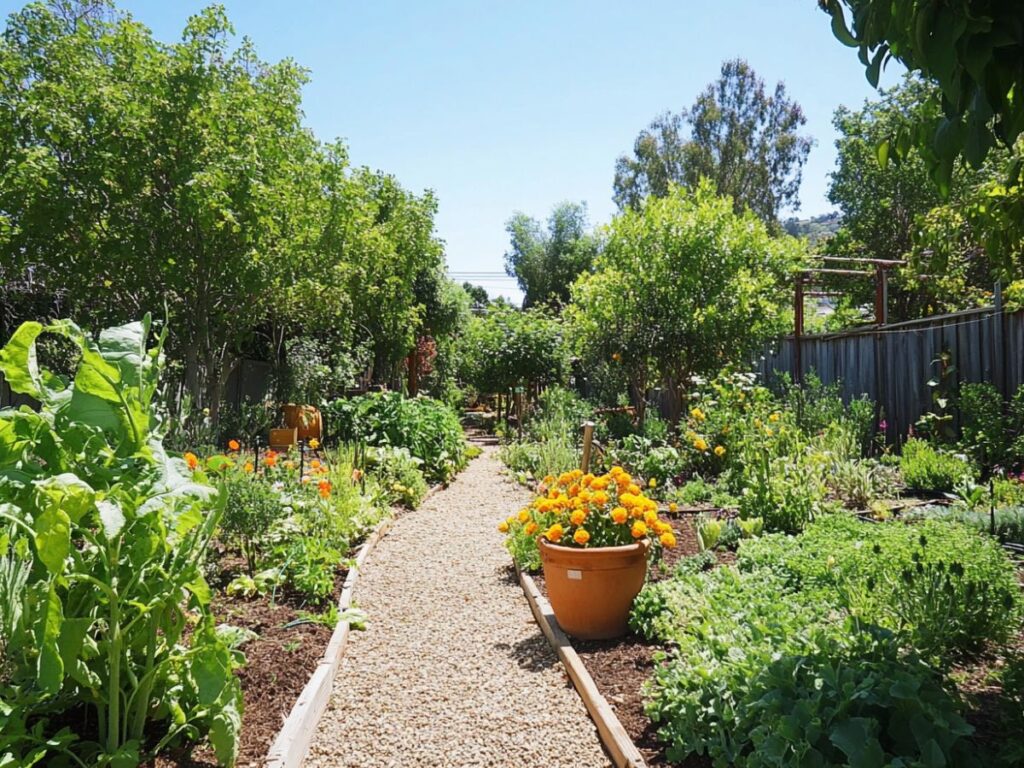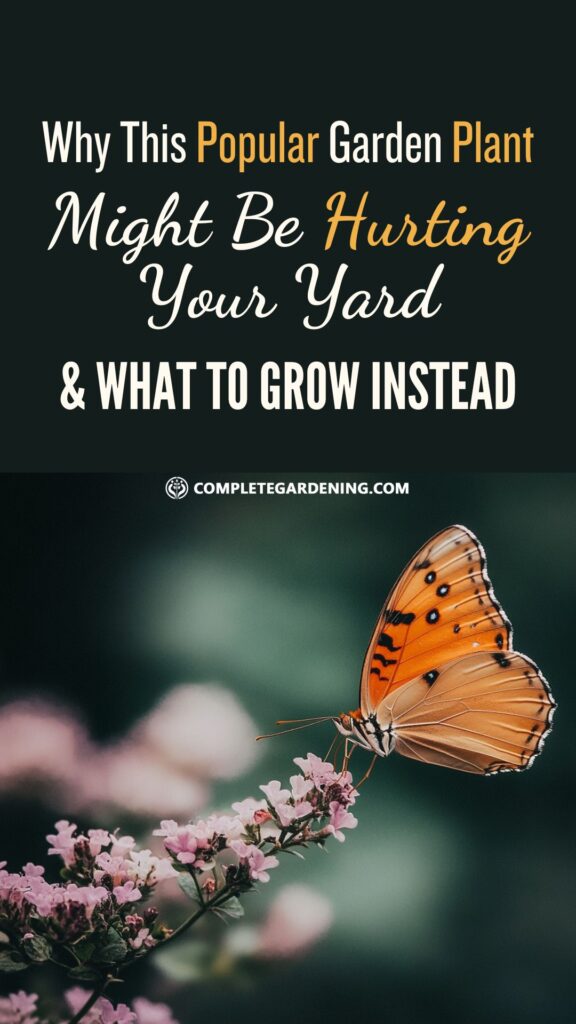Adding vibrant, butterfly-attracting plants to your garden sounds like the perfect way to bring life and color to your outdoor space. However, there’s one popular plant that, despite its appeal, may be doing more harm than good: the butterfly bush.
While it draws in butterflies with its eye-catching blooms, this plant can disrupt your garden’s ecosystem and limit the diversity of wildlife it’s intended to support.
Before planting a butterfly bush, here’s what you should know—and some fantastic alternatives that will enhance your garden without the downsides.
Why You Should Avoid Planting Butterfly Bush
The butterfly bush, native to Asia, is famous for its dense, cone-shaped clusters of flowers in shades of purple, pink, white, and blue. Its long bloom period, from summer to early fall, attracts an impressive variety of butterflies and pollinators.
It’s drought-tolerant, fast-growing, and easy to maintain—characteristics that make it attractive to beginners and seasoned gardeners alike.
But, there’s more to consider before adding this plant to your garden.
1. It’s Invasive
One of the biggest issues with butterfly bush is that it’s invasive in many regions, especially in the United States. Originally from Asia, it has naturalized in parts of the U.S., where it quickly spreads and outcompetes native plants.
This aggressive growth allows it to take over large areas, choking out the diversity of native flora.
The seeds of the butterfly bush are light and can easily be carried by the wind, spreading far beyond the initial planting location.
Over time, this leads to a monoculture where butterfly bush dominates, reducing the diversity of plants that wildlife needs to thrive.
In fact, in some states like Oregon and Washington, it’s classified as a noxious weed due to its tendency to escape cultivation and invade natural areas.
2. It’s Not a True Food Source for Butterflies
While butterfly bushes do attract butterflies with their nectar-rich flowers, they don’t provide other essential resources these insects need.
Butterflies require host plants where they can lay their eggs and where caterpillars can feed and grow. Unfortunately, the butterfly bush isn’t a host plant, so while it draws in adult butterflies, it doesn’t support the full life cycle of these important pollinators.
Relying solely on butterfly bushes for butterfly conservation creates a “false paradise.” Adult butterflies may stop by for a drink, but without native plants, they can’t reproduce or sustain a healthy population.
In the long term, butterfly populations may actually decline if we continue to replace true host plants with butterfly bush.
3. It’s Not Great for Biodiversity
Butterfly bush can decrease local biodiversity by outcompeting native plants that other pollinators, birds, and animals depend on.
When it dominates an area, it takes over valuable real estate that native plants could otherwise use to grow. Native plants, unlike butterfly bushes, are suited to the local climate and ecosystem and play a crucial role in supporting various forms of wildlife.
Native plants offer diverse food sources and habitats for a wide range of species. Butterfly bush, on the other hand, only benefits adult butterflies—and only for nectar.
This limited value to wildlife, combined with its tendency to crowd out more beneficial species, means that butterfly bush ultimately does more harm than good.
The Best Alternatives to Butterfly Bush
If you’re looking to support pollinators and add beauty to your garden, consider these native and pollinator-friendly alternatives.
These plants not only provide nectar for butterflies but also support the entire life cycle of butterflies, bees, and other beneficial insects.
1. Milkweed (Asclepias spp.)
Milkweed is a superstar when it comes to butterfly gardening. It’s the sole host plant for the monarch butterfly, providing a place for these iconic butterflies to lay their eggs and food for the emerging caterpillars.
The flowers also produce nectar, making milkweed a double-purpose plant for butterflies.
There are several varieties to choose from, including common milkweed (Asclepias syriaca), butterfly weed (Asclepias tuberosa), and swamp milkweed (Asclepias incarnata).
Each has a unique look, so you can find one that complements your garden’s aesthetic. Best of all, milkweed is native to North America, meaning it fits right into the ecosystem and won’t cause harm to local biodiversity.
2. New England Aster (Symphyotrichum novae-angliae)
New England aster is a beautiful, late-blooming perennial with purple-pink flowers and a yellow center. It’s native to North America and a favorite among pollinators, especially in the fall when many other flowers have finished blooming.
This plant serves as a valuable nectar source for butterflies and bees, and it also supports various moth and butterfly caterpillars.
Asters are hardy, require minimal maintenance, and add a pop of color when other garden plants start to fade. Plus, they can handle a variety of soil types, making them a versatile choice for many landscapes.
3. Joe Pye Weed (Eutrochium spp.)
Despite its name, Joe Pye weed is a stunning addition to any garden. With tall stems and clusters of pinkish-purple flowers, it’s a magnet for butterflies, bees, and even hummingbirds. It’s also a native plant, making it an excellent alternative to butterfly bush.
Joe Pye weed thrives in full sun and moist soil, but it’s adaptable and can handle different growing conditions. It’s particularly effective at adding height and structure to a pollinator garden, making it a great focal plant or background plant.
4. Coneflower (Echinacea purpurea)
Coneflowers are hardy perennials with striking, daisy-like flowers that bloom in shades of pink, purple, and white. They attract butterflies and bees during the summer and, as a bonus, their seeds provide food for birds in the fall and winter.
As native plants, coneflowers are well-suited to a range of climates and soil types, and they’re drought-tolerant once established. This low-maintenance beauty is a reliable and sustainable alternative to butterfly bush.
5. Black-Eyed Susan (Rudbeckia hirta)
Black-eyed Susan is a cheerful, easy-to-grow perennial with bright yellow petals surrounding a dark brown center. It’s native to North America and a favorite among pollinators, including butterflies, bees, and even some beneficial wasps.
This plant is hardy and can tolerate a range of conditions, from full sun to partial shade. Its long bloom period from summer into fall provides a continuous source of nectar for pollinators, and it adds a sunny splash of color to any garden.
Design Tips for a Pollinator-Friendly Garden
Now that you know some great alternatives to butterfly bush, here are a few tips for creating a garden that’s not only beautiful but also supports local biodiversity and helps butterflies thrive.
1. Diversify Your Plant Choices
Butterfly-friendly gardens are most successful when they have a mix of plants that cater to various butterfly species and life stages.
By including both nectar-rich flowers and host plants, you can support butterflies through their entire life cycle. Plant a combination of milkweed, asters, coneflowers, and other native plants to create a well-rounded habitat.
2. Go Native for More Impact
Native plants are naturally adapted to your region’s climate, soil, and pests, so they’re easier to grow and maintain.
They also provide better food sources for local wildlife, as they’ve co-evolved with native insects and animals. Choose plants native to your area to help create a thriving ecosystem in your own backyard.
3. Plant in Clusters
Butterflies and bees are more attracted to groups of flowers than individual plants scattered around the yard.
Plant in clusters to make it easier for pollinators to find nectar sources, and keep in mind that larger patches are more visually appealing as well.
Aim for drifts of the same flower type to create impact and support more pollinators.
4. Aim for Seasonal Blooms
A well-designed pollinator garden has something blooming from early spring to late fall. This ensures there’s always a nectar source available for butterflies, bees, and other pollinators.
By selecting a mix of early-blooming plants like wild lupine, midsummer plants like coneflowers, and late-bloomers like asters, you’ll keep your garden lively and attractive to pollinators throughout the year.
5. Avoid Pesticides
Pesticides can harm butterflies and other beneficial insects. Even products labeled as “natural” can negatively impact pollinators, so avoid them whenever possible.
Instead, try natural pest management techniques like companion planting, hand-picking pests, or encouraging beneficial insects that prey on garden pests
The butterfly bush might seem like a quick and easy way to attract butterflies, but the drawbacks outweigh the benefits.
By choosing native plants and creating a pollinator-friendly garden, you’re not only supporting butterflies but also helping to preserve biodiversity and maintain a healthy ecosystem.
With options like milkweed, coneflowers, and asters, you can create a beautiful, low-maintenance garden that brings in butterflies and supports them through every stage of life.
These native alternatives are sustainable, provide genuine benefits to wildlife, and offer stunning beauty—proving that skipping the butterfly bush is one of the best choices you can make for your garden.


